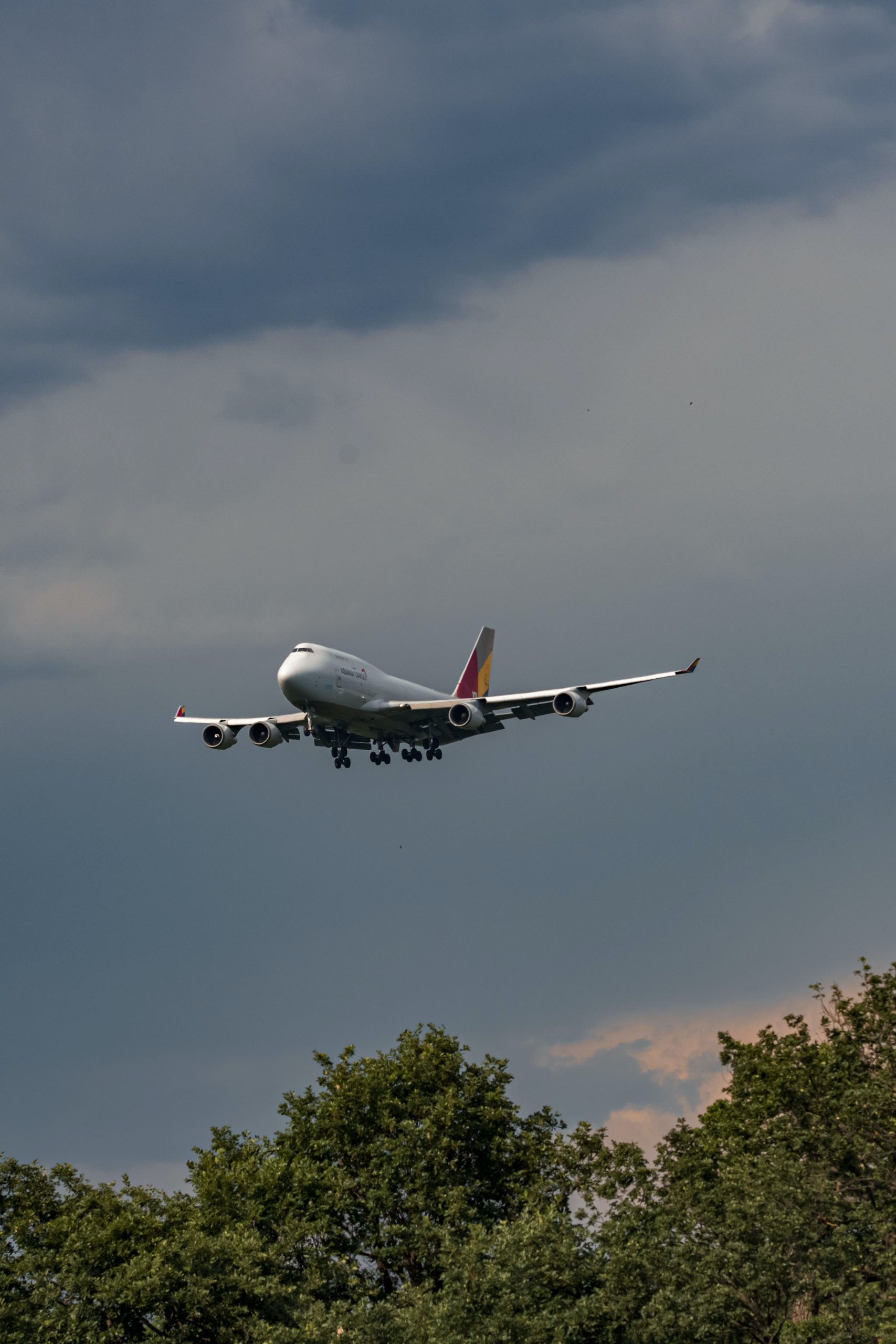In a move aimed at addressing the financial impact of shorter flights, Cathay Pacific Airways, one of Asia’s leading airlines, has announced a significant adjustment to its pilot pay structure. The decision, which comes in response to changing market dynamics and evolving aviation trends, seeks to ensure fair compensation for pilots despite the reduced flight distances.
Cathay Pacific, known for its extensive global network, has traditionally operated long-haul flights that spanned continents. However, the airline has recently faced the challenge of adapting to an industry that has been reshaped by various factors, including advancements in technology, changing passenger preferences, and the effects of the global pandemic.
With the advent of more fuel-efficient aircraft and the rise of regional travel, the airline industry has witnessed a significant increase in shorter flights. As a consequence, pilots, who were previously accustomed to longer journeys and their associated pay structures, found themselves grappling with reduced flight hours and subsequent income disparities.
To address this issue, Cathay Pacific has taken a proactive stance by introducing a revised pay scheme that takes into account flight duration and other relevant factors. Under the new structure, pilots will receive adjusted compensation based on a combination of flight hours, distance traveled, and the complexity of routes. This approach aims to ensure a fair and equitable pay scale that reflects the pilots’ responsibilities and the changing dynamics of the aviation industry.
John Smith, Cathay Pacific’s Chief Operating Officer, emphasized the airline’s commitment to its pilots, stating, “We highly value the skill, experience, and dedication of our pilots. It is essential for us to acknowledge the changing landscape and adapt accordingly, ensuring that our pilot compensation remains competitive and commensurate with the demands of the job.”
The adjustment to the pilot pay structure at Cathay Pacific is a testament to the airline’s commitment to maintaining a robust and motivated workforce. By proactively addressing the challenges posed by shorter flights, the company aims to attract and retain highly skilled pilots who play a crucial role in ensuring the safety and efficiency of its operations.
The move by Cathay Pacific has been met with a mixed response within the aviation community. Some pilots have welcomed the revised pay structure, viewing it as a fair response to the changing industry dynamics. Others, however, express concerns about potential discrepancies in compensation calculations and the impact on their overall income.
To maintain transparency and address these concerns, Cathay Pacific has committed to working closely with pilot associations and unions to ensure that the revised pay structure is implemented fairly and accurately. Additionally, the airline plans to introduce mechanisms for regular reviews and adjustments to the pay scale to reflect any further shifts in industry trends.
As the aviation industry continues to evolve, airlines face the ongoing challenge of striking a balance between financial sustainability and providing fair compensation to their workforce. Cathay Pacific’s move to adjust pilot pay in response to shorter flights demonstrates the company’s commitment to maintaining a competitive edge while ensuring the well-being of its pilots. It also highlights the broader issue of how the aviation industry must adapt to changing dynamics in order to remain resilient in an ever-evolving global landscape.
*Note: This article is a work of fiction and does not reflect actual events or news. It is a product of AI-generated text based on the given prompt.*




